Lake Clark National Park & Preserve
Lake Clark National Park and Preserve is a land of stunning beauty. Volcanoes steam, salmon run, bears forage, and craggy mountains reflect in shimmering turquoise lakes. Here, too, local people and culture still depend on the land and water. Venture into the park to become part of the wilderness.
Lake Clark is located on the Alaska Peninsula southwest of Anchorage and north of Katmai National Park. It is not on the road system; therefore, in order to get here you must travel either via plane or by boat. A one to two-hour flight from Anchorage, Kenai, or Homer will provide access to most points within Lake Clark. Fixed-wing aircraft are allowed to land on all suitable lakes, rivers, beaches, gravel bars, and open ground in both the park and preserve unless the area is closed or otherwise restricted.
- Astronomy
- Stargazing
- Biking
- Boating
- Motorized Boating
- Camping
- Backcountry Camping
- Canoe or Kayak Camping
- Climbing
- Mountain Climbing
- Compass and GPS
- Orienteering
- Fishing
- Freshwater Fishing
- Fly Fishing
- Flying
- Fixed Wing Flying
- Guided Tours
- Self-Guided Tours - Walking
- Hiking
- Backcountry Hiking
- Front-Country Hiking
- Off-Trail Permitted Hiking
- Hunting and Gathering
- Hunting
- Paddling
- Canoeing
- Canoe or Kayak Camping
- Kayaking
- Stand Up Paddleboarding
- Junior Ranger Program
- Skiing
- Cross-Country Skiing
- Snow Play
- Snowshoeing
- Wildlife Watching
- Birdwatching
- Shopping
- Bookstore and Park Store
- Archeology
- Arts
- Photography
- Aviation
- Explorers and Expeditions
- Farming and Agriculture
- Industry
- Mining
- Native American Heritage
- Animals
- Birds
- Fish
- Wolves
- Arctic
- Tundra
- Climate Change
- Coasts, Islands and Atolls
- Estuaries and Mangroves
- Fire
- Forests and Woodlands
- Fossils and Paleontology
- Geology
- Glaciers
- Grasslands
- Meadows
- Lakes
- Mountains
- Natural Sounds
- Night Sky
- Astronomy
- Aurora Borealis
- Oceans
- River and Riparian
- Scenic Views
- Trails
- Volcanoes
- Watersheds
- Headwaters
- Waterfalls
- Wetlands
- Marshes
- Wilderness
Lake Clark
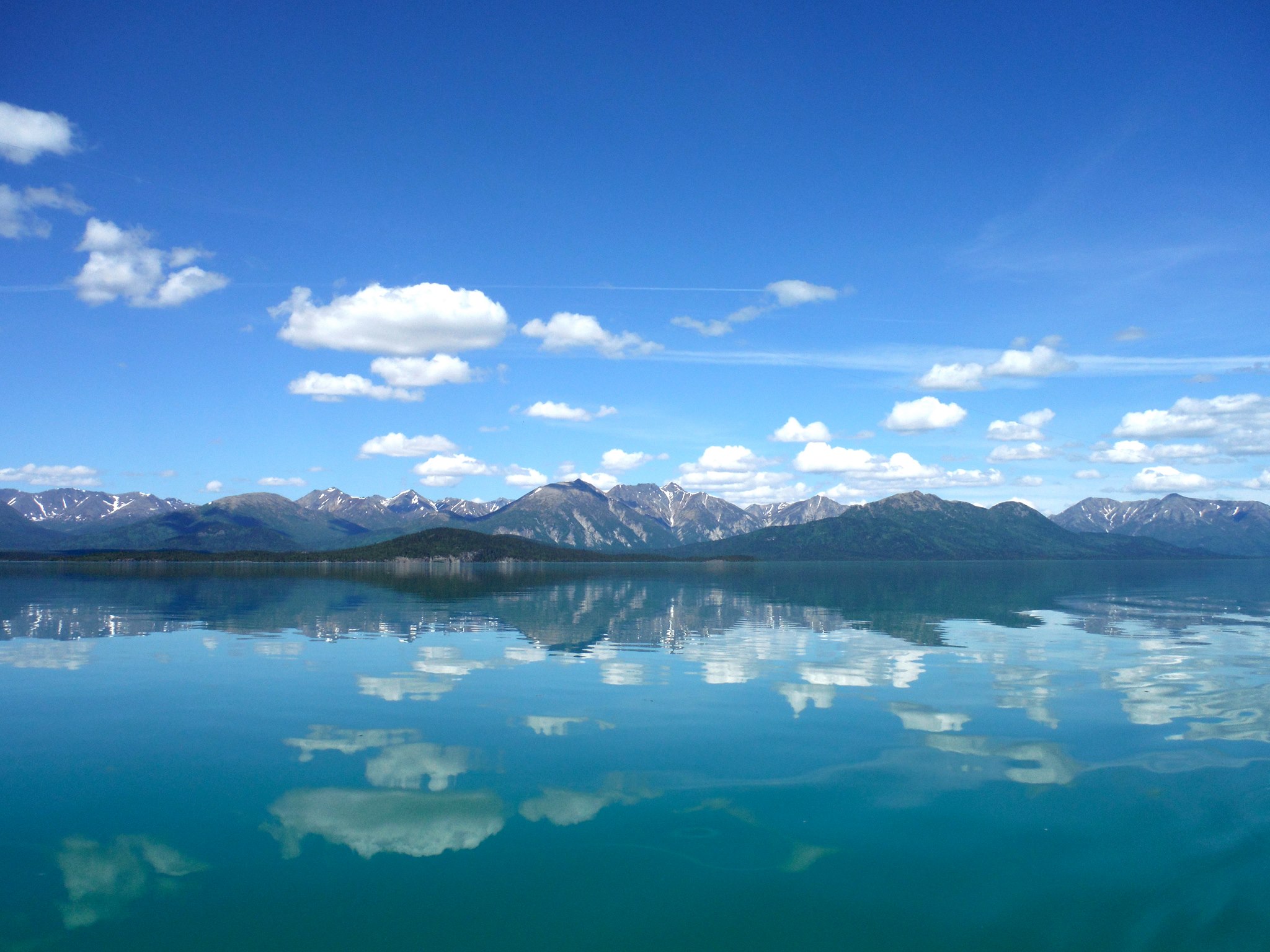
The park's namesake lake is the largest lake by volume in the National Park Service.
Tanalian Falls
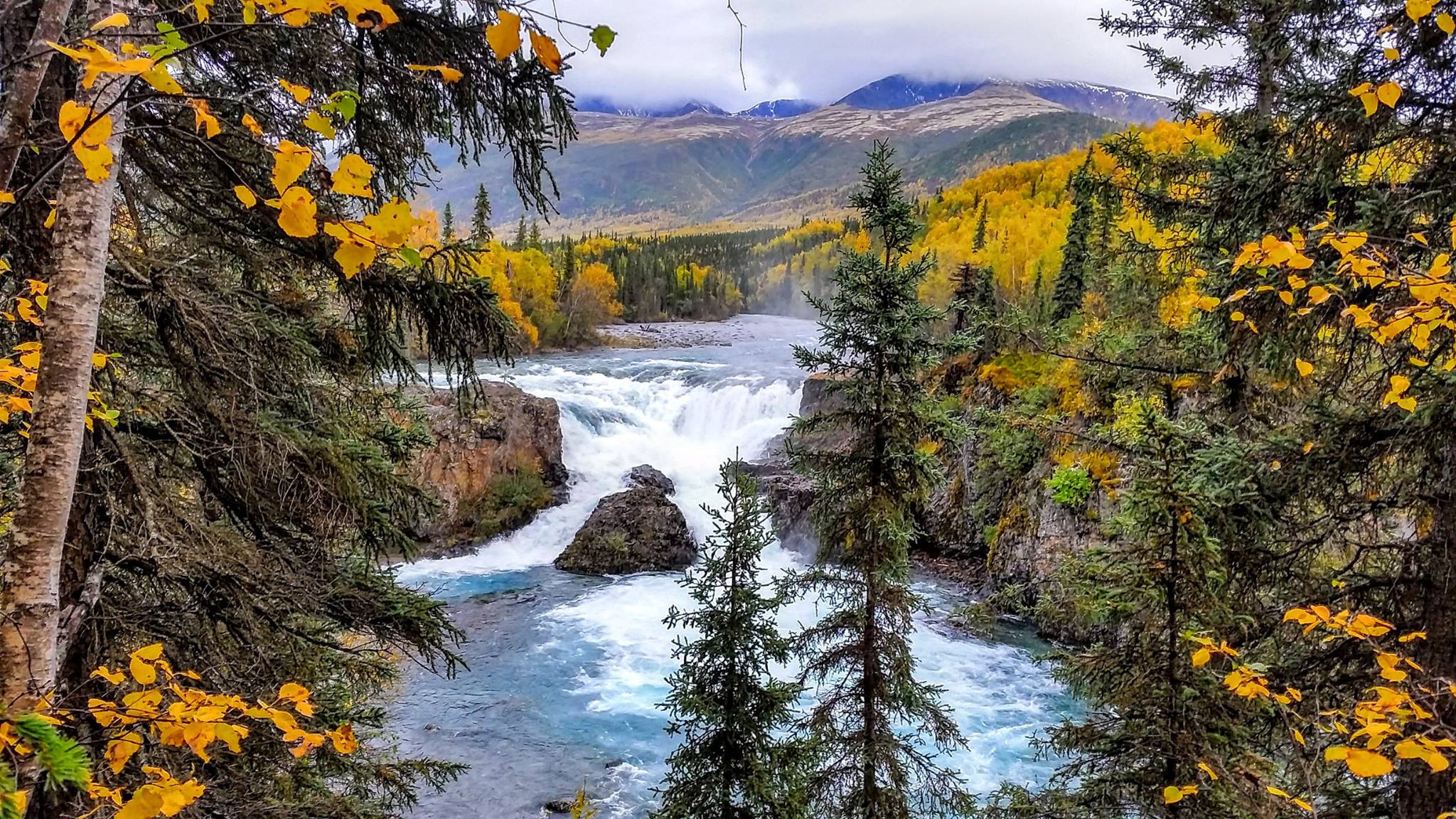
The park protects thousands of waterfalls including Tanalian Falls, which is a popular day hike destination from the town of Port Alsworth.
Redoubt Volcano
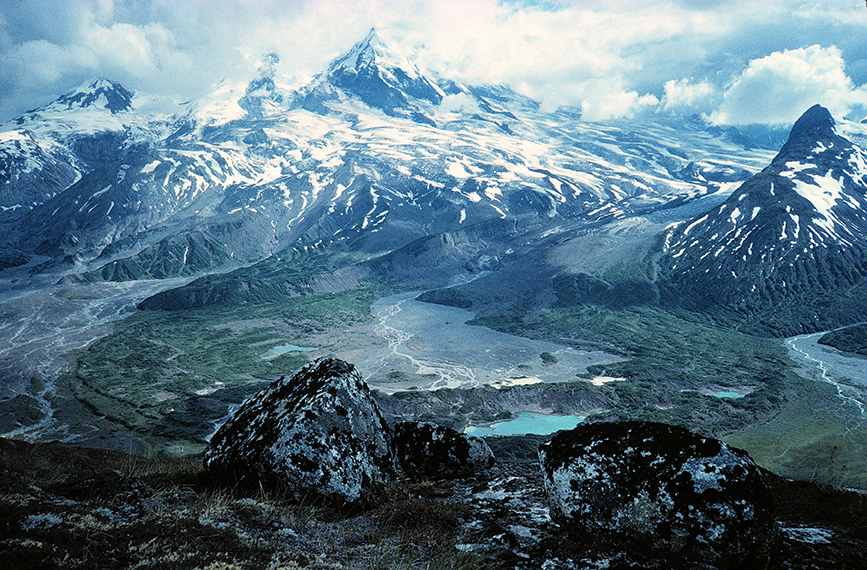
Lake Clark is a land of fire and ice. Active volcanism and retreating glaciers created and continue to shape the peaks, moraines, and river systems in the Chigmit and Neacola Mountains.
Tanaina Glacier
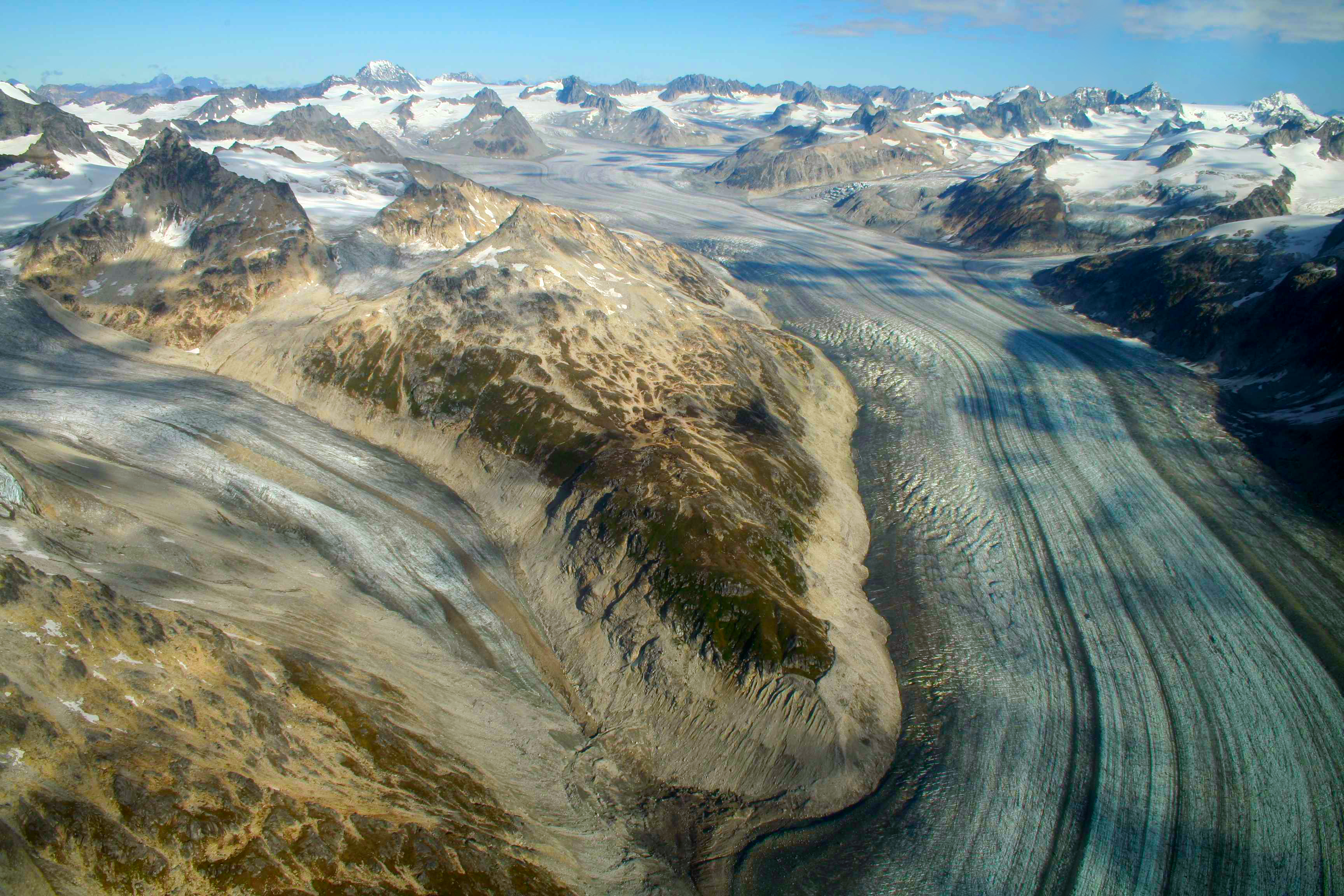
Perenial snow and glacial ice covers ~1,250 square miles, or 20% of Lake Clark National Park and Preserve.
Two cubs playing at Silver Salmon Creek
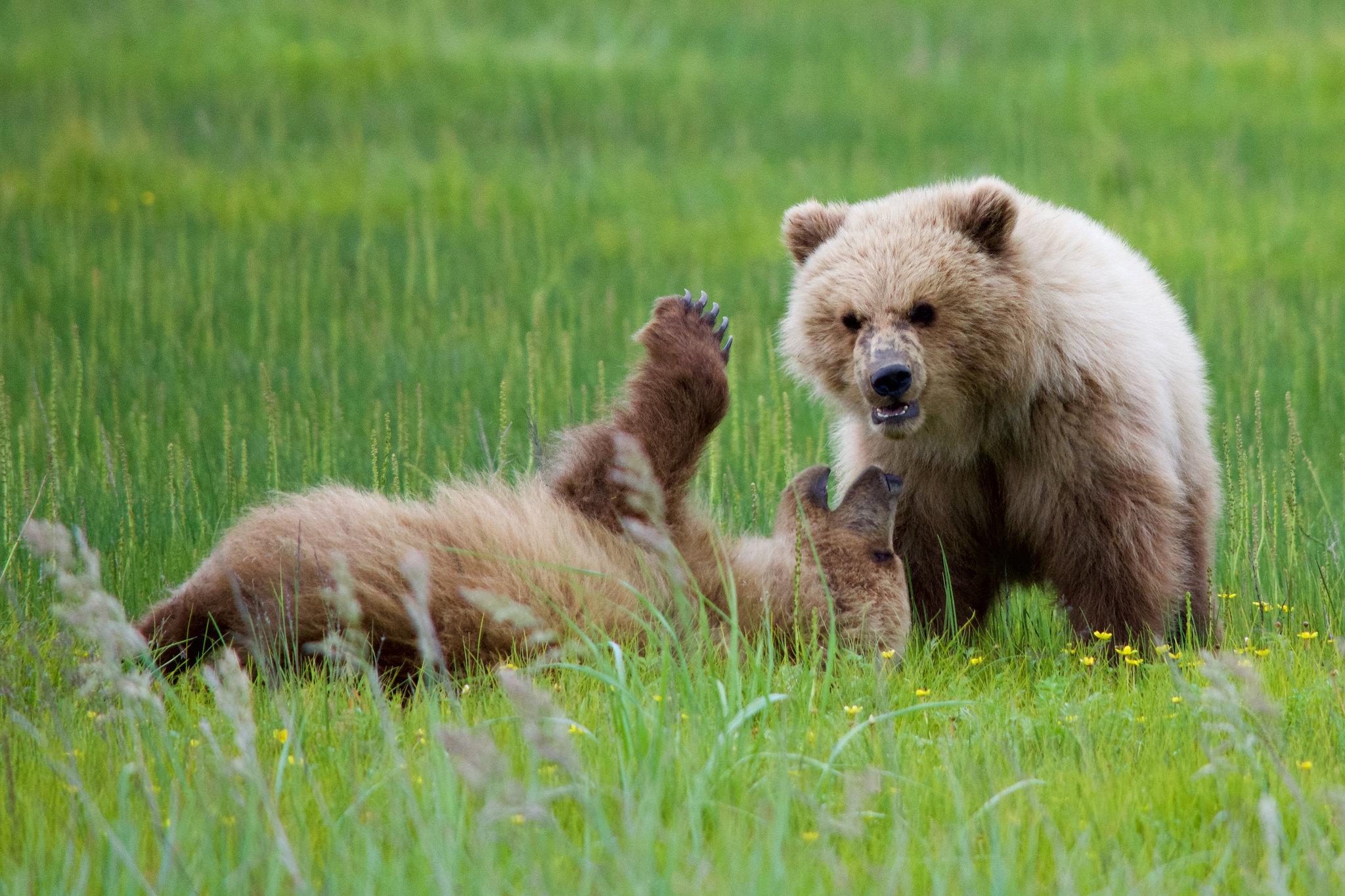
Bear viewing is a popular activity along the Cook Inlet Coast.
Boreal Forest
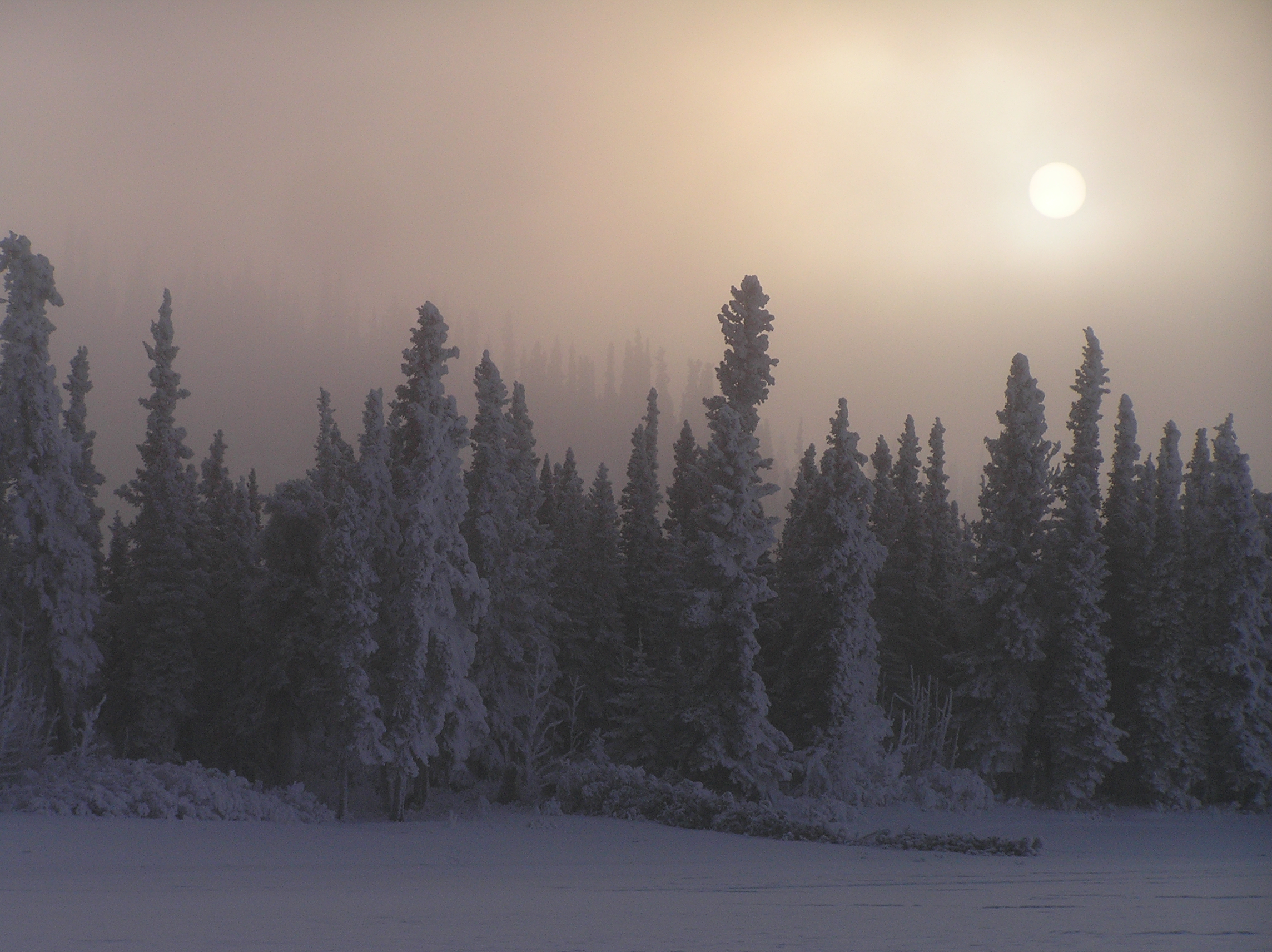
Boreal forests encircle the earth's northern latitudes like an emerald necklace. Lake Clark's forest, which covers more than 440 thousand acres or 11% of the park, is dominated by white spruce mixed with black spruce and birch.
Telaquana Lake
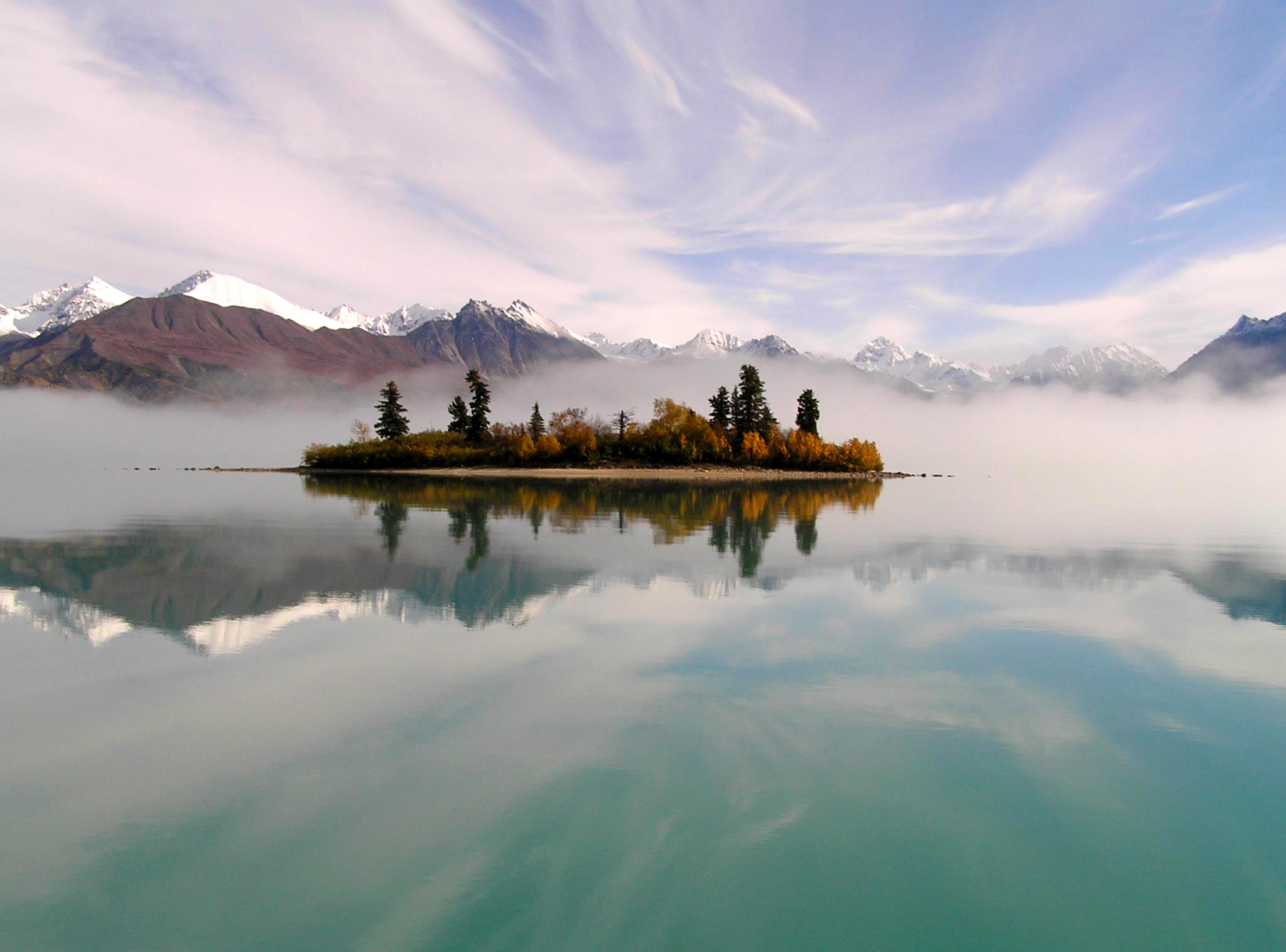
A number of glacier fed lakes pepper the western boundary of the Chigmit and Neacola mountains like a string of spectacular turquoise gems.
West Glacier Creek
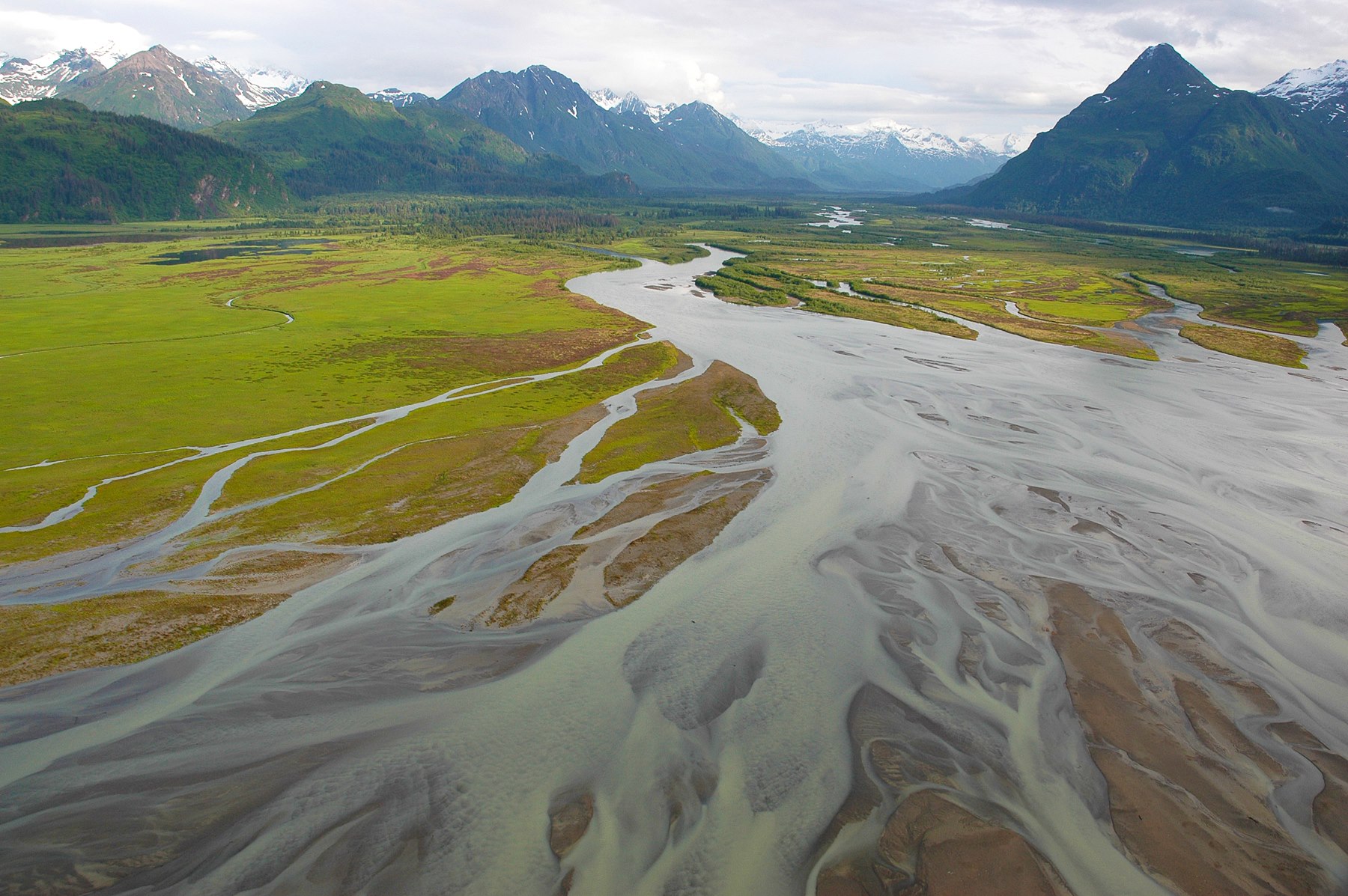
Estuaries where rivers meet the sea provide a mosaic of rich habitats along the Cook Inlet Coast that support high numbers of bears and other wildlife.
Richard L. Proenneke National Historic Site
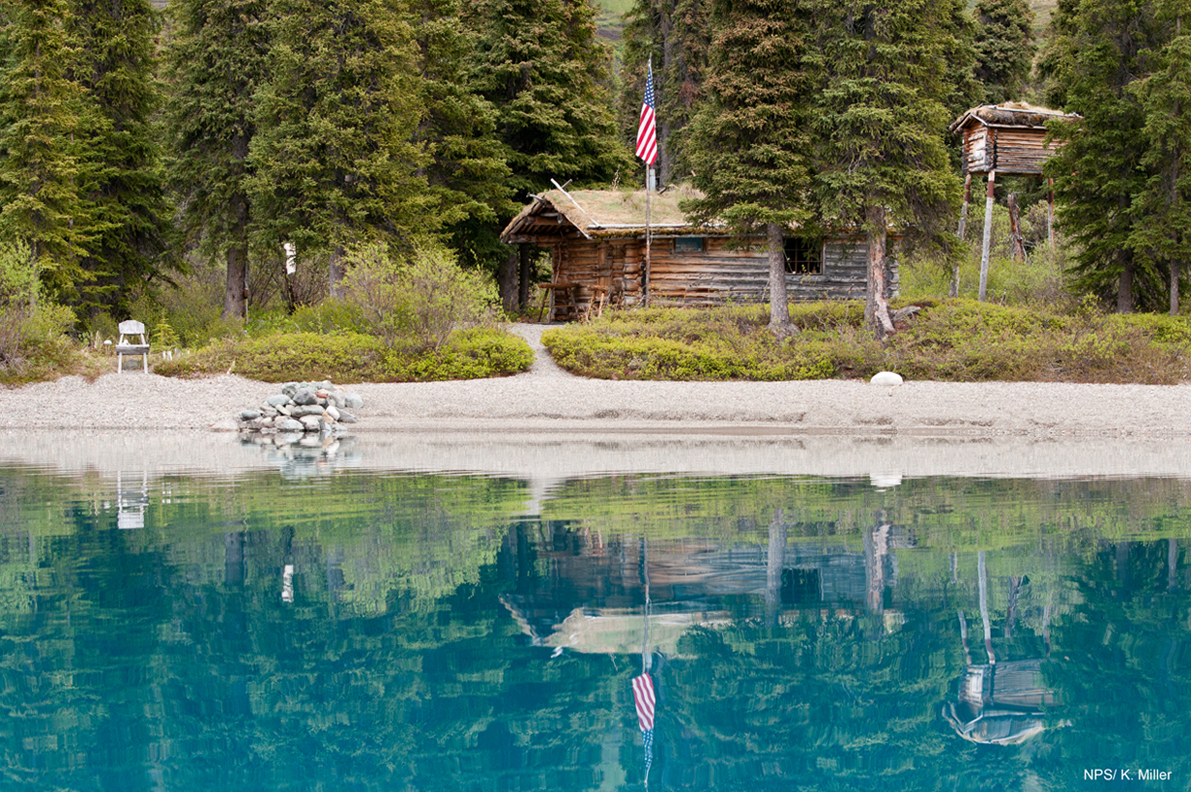
The park protects and interprets the Richard L. Proenneke National Historic Site and trail complex as a symbol of the national wilderness movement and a source of inspiration and solace sought out by visitors from throughout the world.